Vintage 1970s Photos Show Lost Sites of NYC's Lower East Side
A quest to find his grandmother's birthplace led Richard Marc Sakols on a mission to capture his changing neighborhood on film.


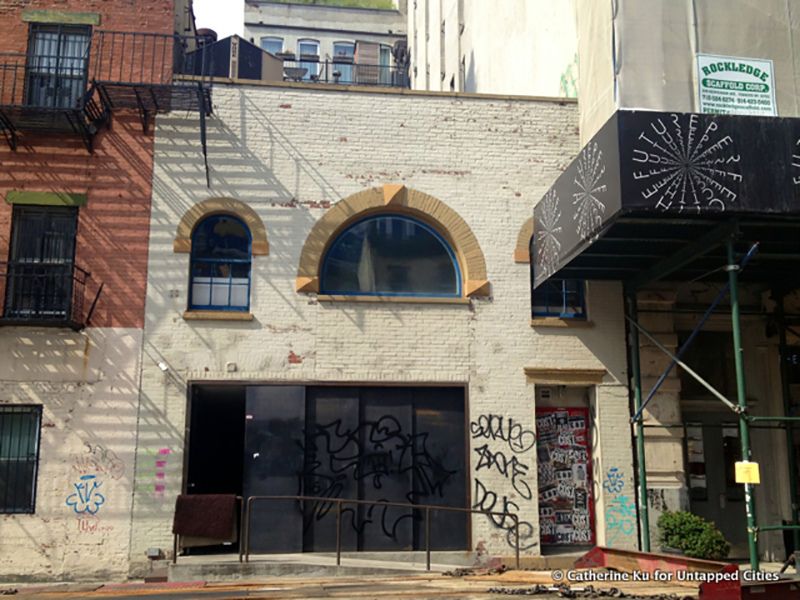
The legendary American Neo-expressionist artist Jean-Michel Basquiat was born today, December 22, 1960. Had he lived, he would have been 61. Basquiat first achieved fame as part of the graffiti duo SAMO, which he developed while just a high-school student in Lower Manhattan. While living in the East Village and SoHo, Basquiat developed his craft and gained the attention of accomplished artists and art dealers, who helped him present his art at the Whitney Biennial at just 22. Basquiat spent most of his life in New York City, and here are 11 spots and neighborhoods where he made an impact.

Jean-Michel Basquiat was born on December 22, 1960, in Park Slope to Gerard and Matilde Basquiat. His father was born in Haiti while his mother was born to Puerto Rican parents in Brooklyn. In 1966, he moved to East 35th street in East Flatbush, where Basquiat began studying and practicing art, attending the nearby Saint Ann’s School and drawing his favorite cartoons. Basquiat and his friend Marc Prozzo created a children’s book at the age of just seven.
It was at the East Flatbush home that he recovered from an automobile accident in 1968, in which he broke his arm and had his spleen removed. His mother gave him a copy of Gray’s Anatomy, which had a lasting impression on him and was reflected in his later anatomical drawings. After his parents separated, he moved to Boerum Hill with his father and two siblings before moving to Puerto Rico three years later. He returned to Boerum Hill in 1976 and moved out in 1978 after creating the fictional character SAMO.

Basquiat’s mother enrolled him as a junior member of the Brooklyn Museum of Art when he was just a child. He also made frequent visits to the Museum of Modern Art and the Metropolitan Museum of Art starting in 1965. Little did he know that these visits would inspire him to pursue art professionally.
The museum put on a retrospective of his art in March 2005 nearly two decades after his 1988 death. The exhibition gathered together more than 100 of Basquiat’s finest works, including some never shown in the U.S. The sections highlighted Basquiat’s interests in music, language, and Afro-Caribbean imagery, as shown through collages, silkscreens, and graffiti. The museum later put on Basquiat: The Unknown Notebooks in 2015, as well as One Basquiat in 2018 that was the first museum presentation of his monumental work Untitled.
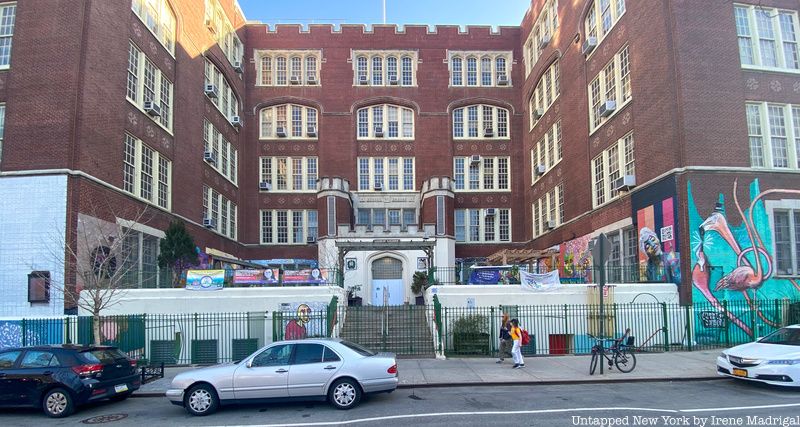
City-as-School High School at 16 Clarkson Street in the West Village is a public high school that focuses on experiential learning through work-study internships. Basquiat transferred to City-as-School in 1976 after just a short time at Edward R. Murrow High School. Basquiat met Al Diaz, a graffitist from the Jacob Riis Projects, at the high school, and they quickly became friends and artistic collaborators.
After they became friends, Basquiat created a fictional character named SAMO, short for Same Old Shit, and the duo spray painted references to SAMO throughout Lower Manhattan. SAMO received media attention due to its anti-establishment and anti-political message, as seen through poems throughout the city stating things like “SAMO AS AN END TO MINDWASH RELIGION, NOWHERE POLITICS, AND BOGUS PHILOSOPHY.“ At 350 Lafayette Street, very faint graffiti with that message was uncovered. Diaz graduated from the school in June 1977, the same time Basquiat left since there was “no point in going back.”

In 1978, Basquiat and his girlfriend Alexis Adler moved into a small apartment at 527 East 12th Street. Before this, he stayed at a loft on Canal Street with Stan Peskett, a British artist. Basquiat made many connections through parties at the loft, and before moving to the East Village apartment, he made money selling hand-painted postcards and t-shirts. Upon moving to the East Village, he became close with many artists in the area, hanging out at spots like Mudd Club and Club 57.
The Mudd Club attracted the likes of Madonna, Patti Astor, Blondie, and many other celebrities, but Basquiat and his friends noticed how the area was predominantly white. Basquiat was introduced to uptown graffiti and rap artists, and around this time, The Village Voice published an article postulating about these mysterious SAMO signs. After a break with Diaz, “SAMO is dead” signs began to appear.
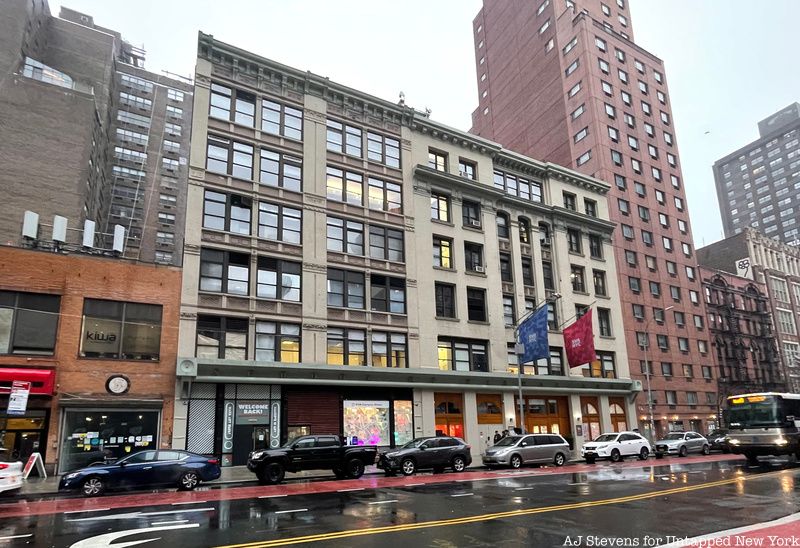
In May 1979, Basquiat formed a band called “Channel 9” and later “Gray,” with whom he played clarinet and synthesizer. While a part of “Gray,” he often visited the School of Visual Arts, and this is where he met his lifelong friends Keith Haring and Kenny Scharf. Haring was there for Basquiat during his periods of drug abuse, and the two often discussed the arts and graffiti scenes. After Basquiat’s death, Haring memorialized him with the painting A Pile of Crowns for Jean-Michel Basquiat.
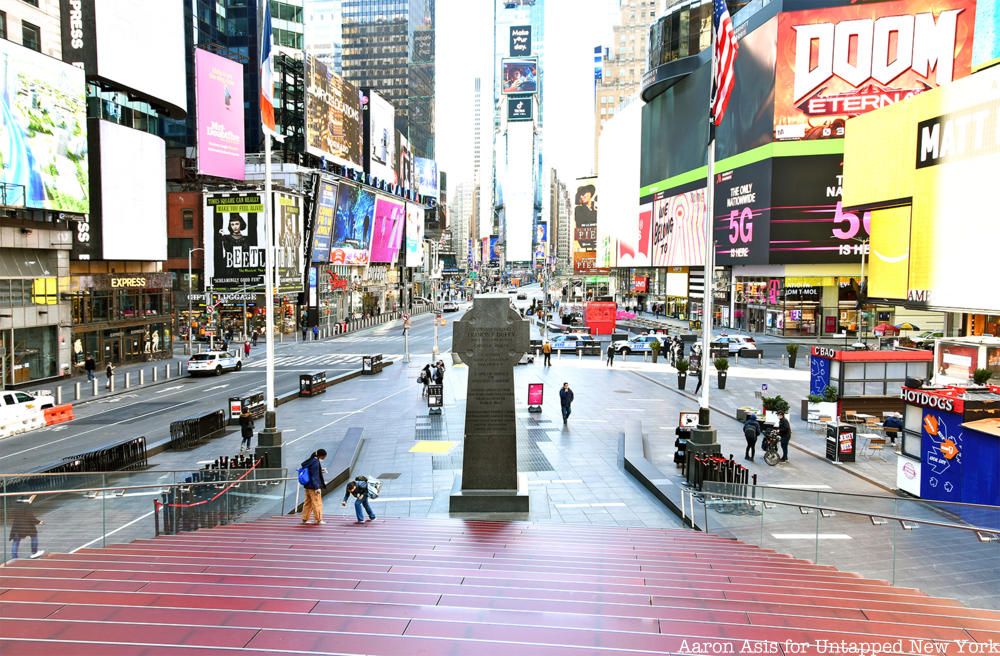
At The Times Square Show, Basquiat publicly exhibited his art for the first time. Groups called Colab (Collaborative Projects) on the Lower East Side and Fashion Moda in the South Bronx organized the show. Art critics and curators, including Jeffrey Deitch, took note of Basquiat’s art, catapulting him to fame in the New York arts community; a year later, he displayed some of his artworks in the New York/New Wave exhibition at MoMA PS1.
Other artists on display at the Times Square exhibition included postmodernist David Hammons, Kiki Smith, Jenny Holzer, and Joe Lewis. The Times Square Show gave legitimacy to the art of the East Village, including graffiti and street art previously dismissed by art dealers and galleries.
In January 1981, Basquiat moved to 68 East 1st Street with his girlfriend Suzanne Mallouk. While living at the new East Village apartment, he participated in the New York/New Wave exhibition, which featured works by Keith Haring, Robert Mapplethorpe, and Kenny Scharf. In May, Basquiat also traveled to Europe for the first time, showcasing 10 of his paintings at Galleria d’Arte Emilio Mazzoli in Modena. Annina Nosei, his primary dealer, invited him to use her basement as a studio, where he produced his art in addition to his new East Village apartment.
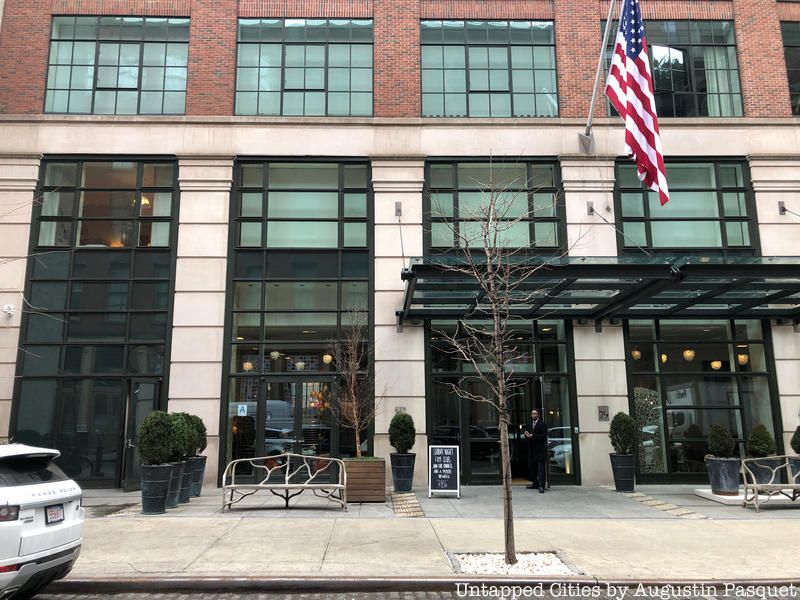
After living at 68 East 1st Street for just a year, Basquiat and Mallouk moved to 151 Crosby Street. While living at the SoHo apartment, he put on his first solo U.S. exhibition at Annina Nosei’s gallery, including Untitled and Crowns (Peso Neto). Basquiat also displayed a number of his most famous paintings out in Long Angeles at the Larry Gagosian Gallery. After Bruno Bischofberger became his primary dealer, Basquiat entered the international scene as the youngest artist at documenta in Kassel, Germany, displaying paintings alongside Andy Warhol and Anselm Kiefer.
Warhol worked closely with Basquiat in the early 1980s, and Basquiat would often frequent Warhol’s Factory for photo sessions or art talks. Warhol and Basquiat collaborated on about 200 works, 16 of which were shown at the Tony Shafrazi Gallery. But Basquiat became more accepted into the wealthy society of SoHo, displaying artwokrs at major SoHo galleries including the Mary Boone Gallery in 1984. And while at the SoHo home, he produced paintings including Charles the First, Jawbone of an Ass, and Three Quarters of Olympia Minus the Servant,

In 1983, Basquiat was the youngest artist to participate in the Whitney Biennial, displaying works alongside Cindy Sherman, Keith Haring, and Barbara Kruger. The 22-year-old showcased Untitled and The Dutch Settlers. It was around this time that Basquiat began dating Paige Powell, an editor at Interview who worked closely with Warhol.
The Whitney held a retrospective of his art from October 1992 to February 1993. The retrospective was sponsored by AT&T, MTV, and Madonna before traveling across the country.

In August 1983, Basquiat moved to 57 Great Jones Street in NoHo, which also served as his studio. Basquiat lived and worked at the home until his death in 1988. The home was a former stable owned by Warhol, and it was here that Basquiat created some of his most influential works that challenged established notions of race, class, and high art.
In 2016, the Greenwich Village Society for Historic Preservation unveiled a plaque near the front door of the loft building not only with Basquiat’s name but with a few words describing the late artist. At the unveiling ceremony, speakers included Phil Hartman, owner of Two Boots Pizza and the Great Jones Cafe, where Basquiat tried to pay for a one-dollar Rolling Rock with a $100 dollar bill.
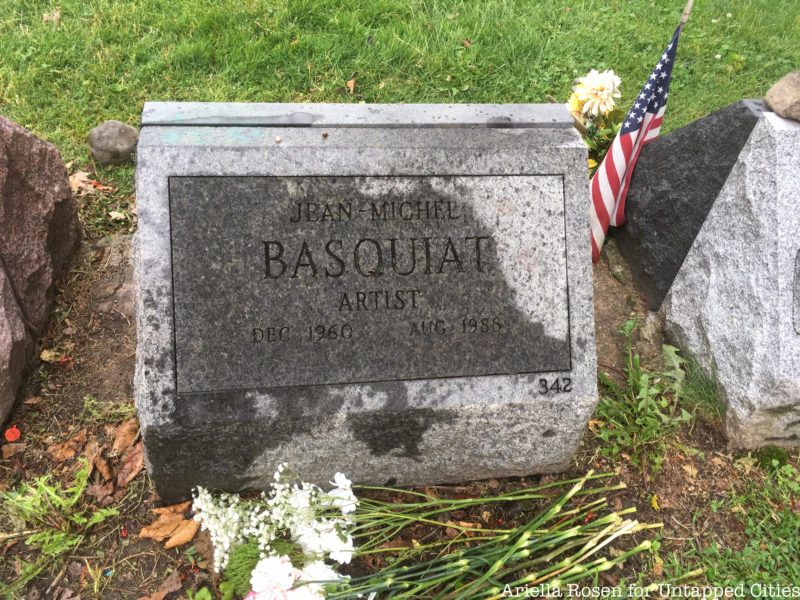
Basquiat died at just 27 years old of a heroin overdose at his Great Jones Street home. Soon after, he was buried at Brooklyn’s Green-Wood Cemetery, followed by a number of private and public memorial services. His grave merely says his name, birth and death years, and “Artist.”
Green-Wood Cemetery was the second most popular tourist site in the state with over 500,000 visitors each year by 1860. Since then, it has developed a reputation of being a most prestigious place to be buried with 560,000 “permanent residents.” They include William Meager “Boss” Tweed, “Father of Baseball” Henry Chadwick, Horace Greeley, Leonard Bernstein, and Samuel Morse.
Next, read about 10 NYC haunts of Andy Warhol!
Subscribe to our newsletter